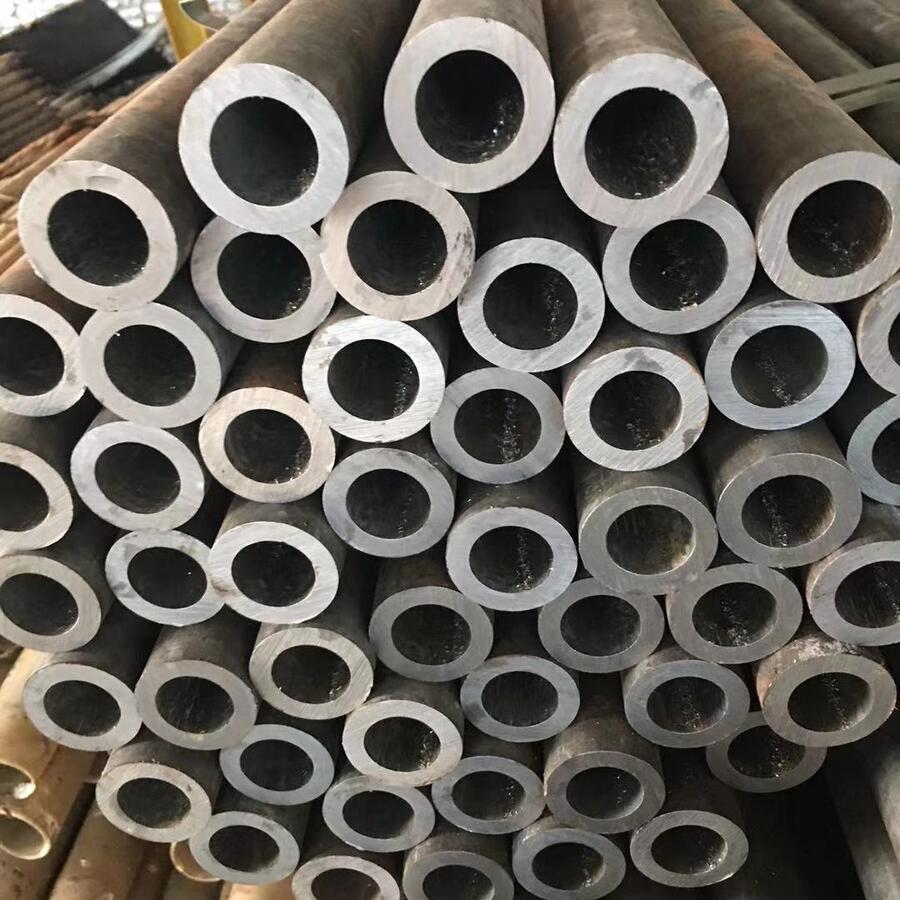Les lignes d'aciérie sont des éléments essentiels du processus de fabrication de l'acier, jouer un rôle essentiel dans la production de produits en acier de haute qualité. Ces lignes englobent divers processus, y compris la fonte, fonderie, roulement, et finition. Dans cet article, nous approfondirons les détails des lignes d'aciérie, leurs spécifications, et leur importance dans l'industrie sidérurgique.
Qu'est-ce qu'une ligne d'aciérie?
Une ligne d'aciérie fait référence à une série de processus et d'équipements interconnectés utilisés pour convertir les matières premières en produits sidérurgiques finis.. Cela comprend tout, depuis la fusion initiale de la ferraille ou du minerai de fer jusqu'au laminage final et à la finition des tôles d'acier., barres, ou d'autres formes. L'efficience et l'efficacité d'une ligne d'aciérie peuvent avoir un impact significatif sur les taux de production et la qualité des produits..
Composants d'une ligne d'aciérie
Les lignes d'aciérie se composent de plusieurs composants clés:
- Fournaise à arc électrique (AEP): Utilisé pour faire fondre la ferraille ou le fer réduit directement.
- Machine de coulée continue: Transforme l'acier fondu en billettes ou en brames solides.
- Laminoir à chaud: Réduit l’épaisseur des produits en acier grâce au laminage à haute température.
- Laminoir à froid: Traitement ultérieur de l'acier laminé à chaud à température ambiante pour une finition de surface et une précision dimensionnelle améliorées.
- Ligne d'arrivée: Comprend des processus comme le recuit, décapage, et revêtement pour améliorer la qualité du produit.
Spécifications des lignes d'aciérie
Comprendre les spécifications des lignes d'aciéries est crucial pour optimiser la production et garantir la qualité. Vous trouverez ci-dessous un tableau détaillé présentant divers paramètres associés aux lignes d'aciérie.:
| Paramètre | Spécification |
|---|---|
| Capacité de production | Jusqu'à 1.5 millions de tonnes/an |
| Puissance du four à arc électrique | 50-300 AMIU |
| Vitesse de coulée continue | Jusqu'à 6 m/mon |
| Largeur du laminoir à chaud | 600-2000 mm |
| Plage d'épaisseur (Laminé à chaud) | 1.5-25 mm |
| Plage d'épaisseur (Laminé à froid) | 0.2-3 mm |
| Poids de bobine | Jusqu'à 30 tonnes |
| Finition de surface | RA 0.1-0.5 µm |
| Système de contrôle | Automatisation basée sur PLC |
| Consommation d'énergie | 350-500 Kwh / tonne |
Avantages des lignes d'aciérie
Investir dans une ligne d’aciérie moderne présente de nombreux avantages:
- Efficacité accrue: La technologie avancée réduit le temps de production et la consommation d'énergie.
- Qualité améliorée: Les processus automatisés garantissent une qualité constante des produits et réduisent les défauts.
- Flexibilité: Capable de produire une large gamme de produits en acier pour répondre aux demandes du marché.
- Rentabilité: Des processus optimisés conduisent à des coûts opérationnels réduits et à une rentabilité plus élevée.
Applications des lignes d'aciéries
Les lignes d'aciéries sont utilisées dans diverses industries, y compris:
- Construction: Fournir de l'acier de construction pour les bâtiments, ponts, et infrastructures.
- Automobile: Fourniture d'acier à haute résistance pour la construction automobile.
- Fabrication: Production de composants pour machines et équipements.
- Énergie: Fabrication d'acier pour pipelines, éoliennes, et autres applications liées à l'énergie.
Conclusion
En résumé, les lignes d’aciérie sont essentielles à la production efficace d’acier. Comprendre leurs composants, caractéristiques, et les avantages peuvent aider les fabricants à optimiser leurs opérations et à répondre aux demandes de diverses industries. Alors que la technologie continue d’évoluer, l'avenir des lignes d'aciéries s'annonce prometteur, avec des avancées visant à améliorer l’efficacité et la durabilité.
Pour plus d’informations sur les lignes d’aciéries et les équipements associés, vous pouvez visiter Hani Tech pour laminoirs à chaud et HANI TECH Métallurgie pour fours de fusion et équipements auxiliaires.




